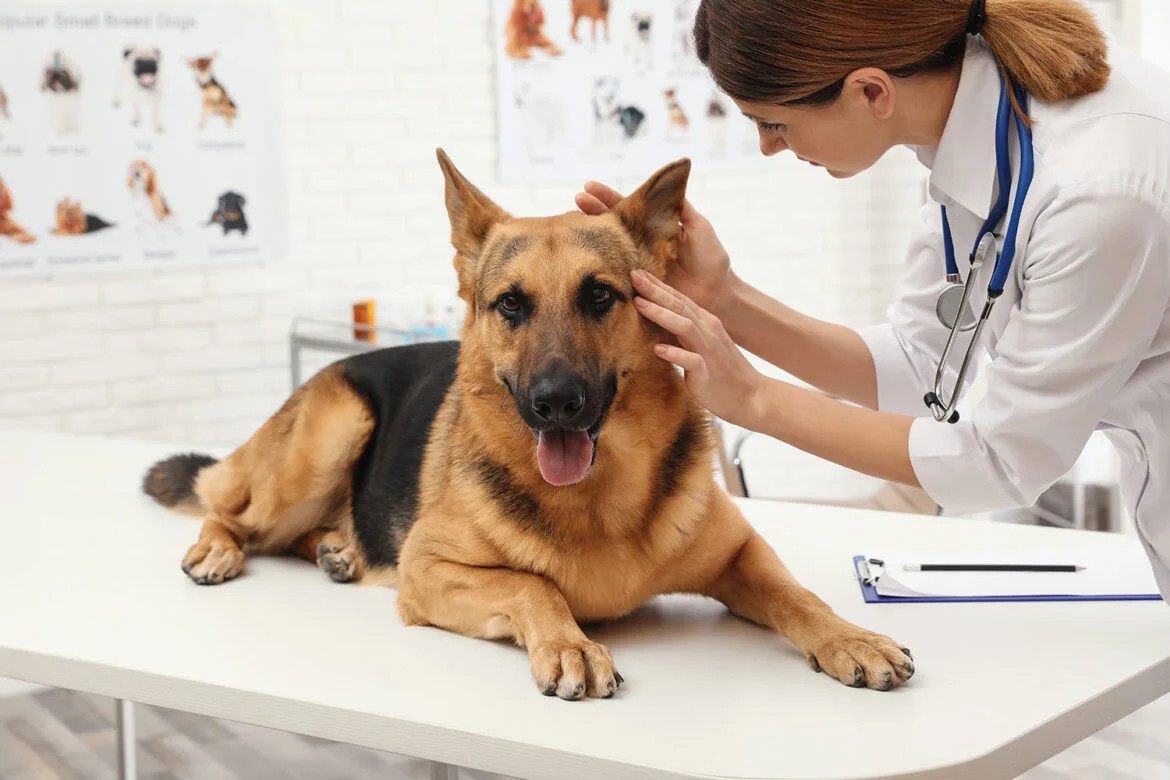Dog food allergies and intolerances are common issues that can cause discomfort and health problems for your pet. Identifying and managing these allergies is essential for your dog’s well-being. This guide will help you understand the signs of food allergies, how to identify the culprit, and what steps to take to ensure your dog enjoys a healthy, comfortable life. Visit: https://j1petsupplies.com/
1. Recognizing the Signs of Dog Food Allergies
Dog food allergies occur when your dog’s immune system reacts negatively to a specific ingredient in their food. Common symptoms of food allergies include:
- Itching and scratching, especially around the ears, paws, and face
- Red, inflamed skin or rashes
- Chronic ear infections
- Gastrointestinal issues like vomiting or diarrhea
- Excessive licking or chewing of the paws
- Swelling of the face, ears, lips, or eyelids
If you notice any of these symptoms, it’s important to consider that your dog might be experiencing a food allergy or intolerance.
2. Common Food Allergens in Dog Food
Several ingredients commonly found in dog food can trigger allergies. Some of the most common allergens include:
- Beef
- Chicken
- Dairy products
- Wheat
- Corn
- Soy
- Eggs
These ingredients are often used in commercial dog foods, so it’s crucial to be aware of them when evaluating your dog’s diet.
3. Conducting an Elimination Diet
The most effective way to identify the ingredient causing your dog’s allergic reaction is through an elimination diet. Here’s how to do it:
- Switch to a Limited Ingredient Diet (LID): Choose a dog food that contains a novel protein (a protein your dog has never eaten before) and a single carbohydrate source. For example, you might select a diet based on duck and sweet potatoes.
- Feed the New Diet Exclusively: For 8 to 12 weeks, feed your dog only the new diet, avoiding all other foods, treats, and table scraps. Monitor your dog’s symptoms closely during this period.
- Reintroduce Old Ingredients: If your dog’s symptoms improve during the elimination diet, you can gradually reintroduce the old ingredients one at a time. If symptoms return after introducing a specific ingredient, you’ve likely identified the allergen.
4. Choosing the Right Dog Food
Once you’ve identified the allergen, it’s essential to choose a dog food that excludes the problematic ingredient. Look for high-quality, limited ingredient diets or hypoallergenic dog foods that are formulated for dogs with food sensitivities. These foods often contain novel proteins and easily digestible carbohydrates, making them less likely to trigger an allergic reaction.
5. Managing Food Intolerances
Unlike allergies, food intolerances don’t involve the immune system but can still cause discomfort and digestive issues. Symptoms of food intolerance include:
- Bloating or gas
- Diarrhea
- Vomiting
- Loss of appetite
If your dog shows signs of food intolerance, work with your veterinarian to identify the trigger and choose a diet that’s easier on their digestive system. This may involve selecting foods with easily digestible ingredients or those specifically formulated for sensitive stomachs.
6. Working with Your Veterinarian
Dealing with dog food allergies and intolerances can be challenging, but you don’t have to do it alone. Your veterinarian is an invaluable resource in diagnosing and managing these issues. They can help you design an elimination diet, recommend hypoallergenic or prescription diets, and provide guidance on long-term management. Visit: https://j1petsupplies.com/
Conclusion: Ensuring Your Dog’s Comfort and Health
Dog food allergies and intolerances can cause significant discomfort for your pet, but with the right approach, they can be effectively managed. By recognizing the signs, identifying the allergens, and choosing the appropriate diet, you can help your dog live a healthy, happy life free from the distress of food-related issues. Always consult with your veterinarian to ensure you’re taking the best possible care of your dog’s dietary needs.
1. What are the most common symptoms of dog food allergies?
The most common symptoms of food allergies include itching, scratching, red or inflamed skin, chronic ear infections, gastrointestinal issues like vomiting or diarrhea, and excessive licking or chewing of the paws.
2. How can I tell if my dog has a food intolerance rather than an allergy?
Food intolerances usually cause digestive issues such as bloating, gas, diarrhea, vomiting, and loss of appetite. Unlike allergies, food intolerances do not involve the immune system but can still make your uncomfortable.
3. What ingredients commonly cause dog food allergies?
Common allergens in dog food include beef, chicken, dairy products, wheat, corn, soy, and eggs. These ingredients are frequently found in commercial dog foods and may trigger allergic reactions in some dogs.
4. How do I conduct an elimination diet to identify my dog’s food allergy?
An elimination diet involves feeding your a limited ingredient diet with a novel protein and carbohydrate for 8 to 12 weeks. During this time, avoid all other foods and treats. If symptoms improve, gradually reintroduce old ingredients one at a time to identify the allergen.
5. What should I feed my dog if they have a food allergy?
Once you’ve identified the allergen, choose a high-quality, limited ingredient diet or hypoallergenic dog food that excludes the problematic ingredient. These foods often contain novel proteins and easily digestible carbohydrates, reducing the risk of allergic reactions.
6. Can my dog develop food allergies later in life?
Yes, dogs can develop food allergies at any age. It’s not uncommon for a dog to suddenly become allergic to an ingredient they’ve eaten for years without issues. Monitor your dog’s health and consult with your veterinarian if you notice any symptoms.
7. How can I prevent food allergies in my dog?
While you can’t prevent food allergies entirely, feeding your a varied diet with high-quality ingredients and avoiding overexposure to common allergens may help reduce the risk. Consult with your veterinarian for advice tailored to your dog’s needs.
8. Should I switch to a grain-free diet if my dog has allergies?
Grain-free diets can be beneficial for dogs with specific grain allergies, but not all dogs need to avoid grains. It’s essential to identify the exact allergen before switching diets. Some may have other food sensitivities that are not related to grains.
9. How long does it take for a dog’s symptoms to improve after changing their diet?
It can take several weeks for a dog’s symptoms to improve after switching to a new diet. During an elimination diet, it’s common to see improvement within 8 to 12 weeks. If symptoms persist, consult with your veterinarian for further evaluation.
10. Can food allergies cause behavioral changes in my dog?
Yes, food allergies can sometimes cause behavioral changes due to discomfort or pain. Your may become more irritable, anxious, or lethargic. Addressing the underlying allergy can help improve their overall mood and behavior.
Stay tuned for more news and updates on Frolic Beverages!











